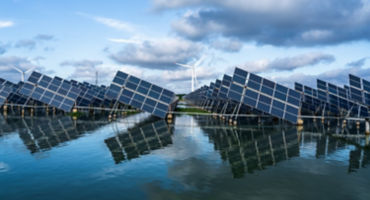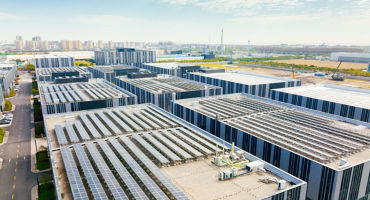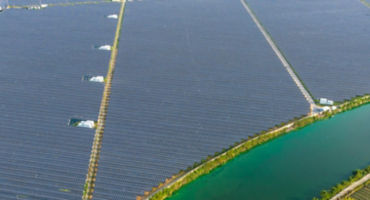Underappreciated value of flexibility
In our view, the combination of structurally higher electricity demand and transitional power-supply instability will result in greater power-price volatility than consumers currently experience. To mitigate jarring intraday and seasonal power-price swings and ensure a constant supply of electricity, grids may rely on two mainstays: large-scale batteries and flexible-power generation.
Intraday price fluctuations may boost demand for batteries
Batteries can help mitigate intraday power-supply instability, particularly for grids with heavy reliance on renewables. Solar power best illustrates the reasons why. Solar panels generate all their electricity during daytime hours; they generate little to no power after the sun has set. In places with high solar concentration on the grid, power prices tend to be lower during the day and higher during nighttime hours. The inverse relationship between renewables’ supply capabilities and power prices means that solar essentially reduces its own value by generating electricity when power prices are low, and going dormant when prices are high.
Figure 3 shows a day in the electrical life of California, the state with the highest share of solar power in the continental US, with 19% of its electricity generated from solar installations. The red shaded area shows the hours when power prices were lowest, while the green area shows the hours when prices were highest. During the lowest-cost hours, renewables supplied more than half of California's electricity needs. At night, when prices were highest, renewables supplied far less (with solar dropping to zero). Natural gas, on the other hand, supplied most of California’s electricity during the evening hours, when prices were highest. Because natural gas generators can ramp up production during peak-demand hours when renewables are unable to supply power, they function as critical stabilizers for electric grids like those of California.













